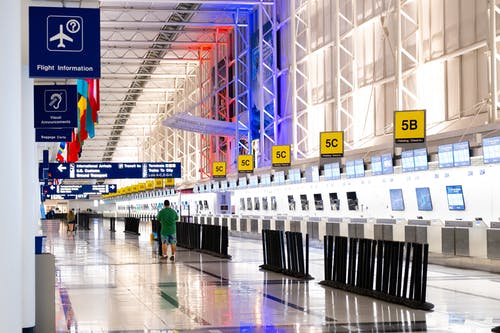Critical infrastructure facilities have become increasingly viable threat targets. They are highly vulnerable to major operational disruptions and cyber incidents that can lead to real-world peril.
Despite the ever-increasing threat landscape and their incredibly high-risk profile, critical infrastructure organizations remain far behind where they should be in their cyber maturity and digital resilience strategies, necessitating a rapid push to fortify cyber defences and manage their cyber-risk profiles.
The global critical infrastructure cybersecurity market—which is segmented into oil and gas facilities, utilities (electric and water), maritime (ports and entry points), and airports—is estimated to reach $24.22 billion by 2030 from $21.68 billion in 2020, according to Frost & Sullivan.
“While oil and gas facilities will continue to be the largest segment investing in cybersecurity solutions, airports will prove to be the fastest-growing one, with a CAGR of 10.1%. Spending is expected to reach $1.87 billion by 2030,” said Danielle VanZandt, industry analyst for security at Frost & Sullivan.
“This is driven by the ongoing construction of new facilities, significant digitalization upgrades within existing airports, and the incremental updates being made to cybersecurity systems to keep up with the changing cyber-threat landscape and improve detection capabilities.”
She noted that much of the investment in Asia-Pacific is from new facilities being built, renovated, or expanded that require new cybersecurity systems installed, as well as changing consumer awareness of their cybersecurity risks.
Vendor opportunities
Data traffic monitoring for operational technology systems: Vendors must ensure that their monitoring solutions can detect the actions of active and passive assets and all data traffic types, then decide how best to analyse the data.
Network topology solutions for vulnerability and risk assessment: Market participants seeking to provide network topology capabilities need to ensure that they can identify and discover the variety of information technology (IT), Internet of Things (IoT), and operational technology (OT) devices within an organization’s network architecture to begin building the topological model.
Continuous discovery for organizational assets: For security vendors, emphasizing continuous monitoring and automatic discovery tasks will help attract new customers and improve their market share.
Predictive analytics and threat intelligence for incident detection: Cybersecurity solutions providers must emphasize automatic and predictive capabilities in their system tests and proofs of concept with customers to show how these systems will not overwhelm their existing security functions.
Secure-by-design initiatives for operational technology assets and systems: Security operators that want to update older OT assets and devices should look at any components that are not engineered via secure-by-design manufacturing.





